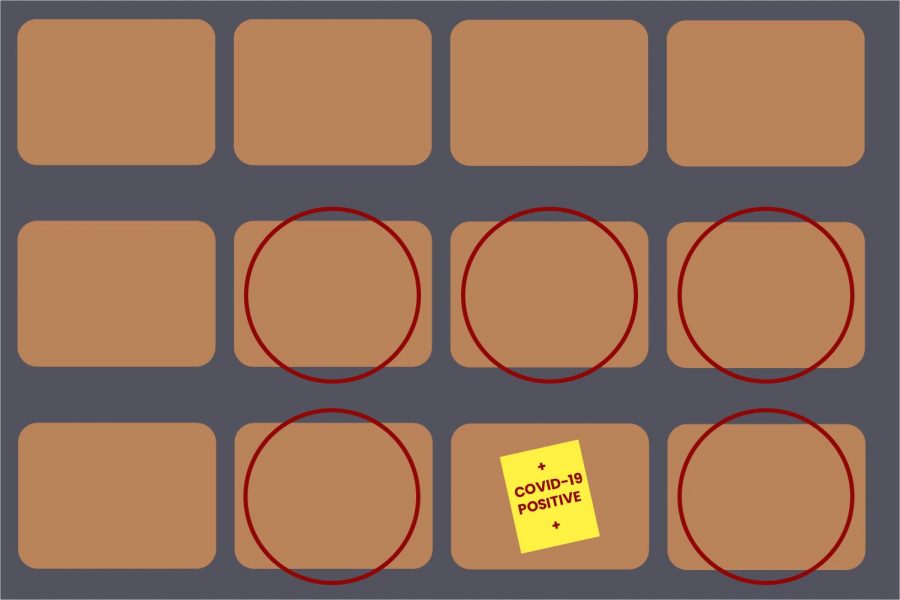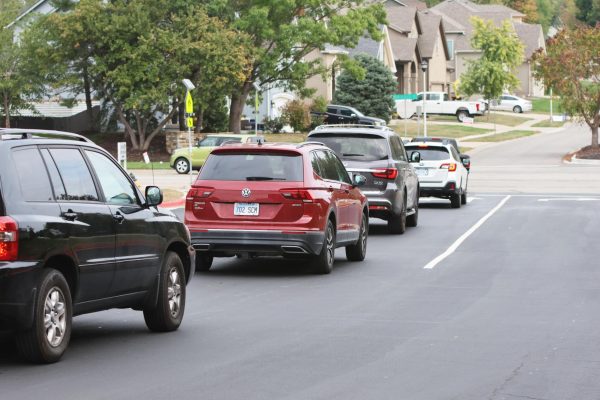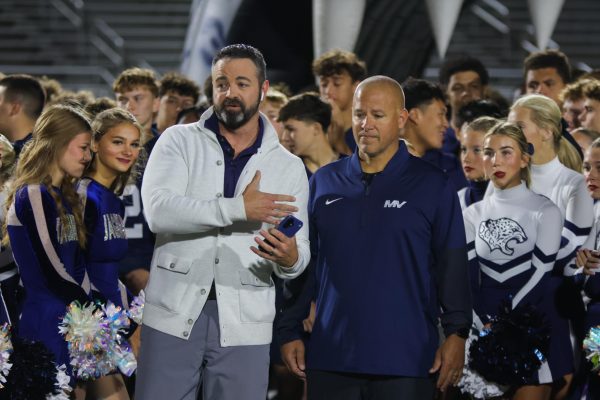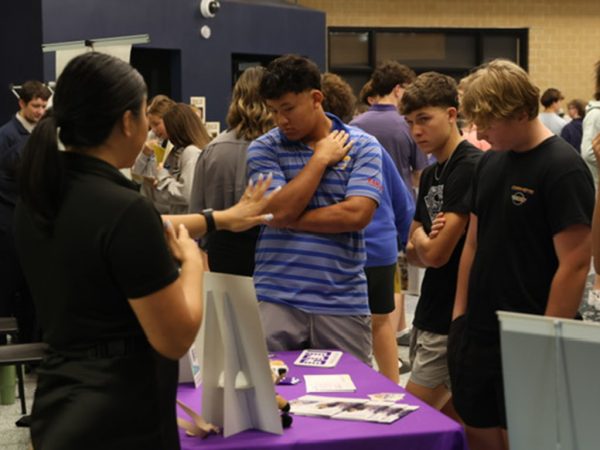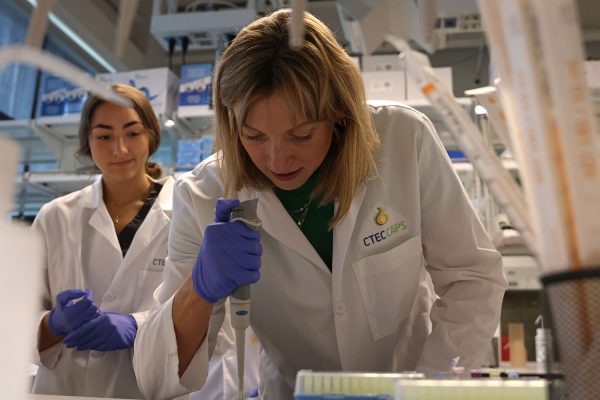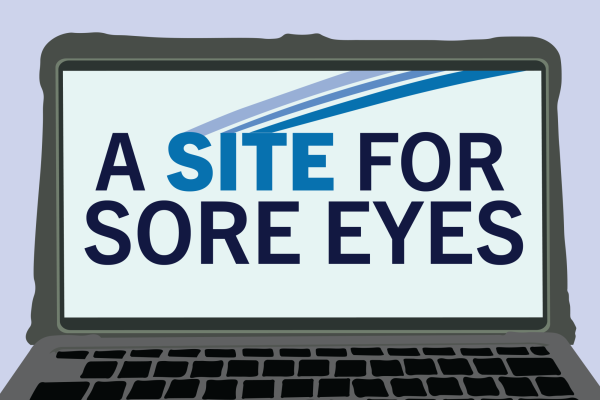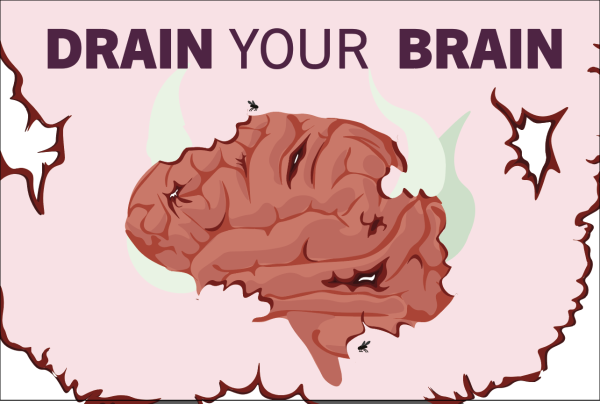District implements new model for addressing COVID-19 exposures
Recommended by local health officials, an “airplane model” will identify students as being at moderate risk if they sat next to or in front of an infected individual
The district is implementing new guidelines for responding to positive COVID-19 cases, according to a district memo sent to staff and parents Tuesday, March 30. Under this model, known as the “airplane model,” sitting immediately next to or in front of someone who tests positive will be considered a “moderate risk exposure.”
Following recommendations by the Johnson County Department of Health Environment (JCDHE), the district is implementing new guidelines at the secondary schools for responding to positive COVID-19 cases in the classroom, according to a district memo sent to staff and parents Tuesday, March 30.
Under the new model, referred to as an “adapted airplane model,” sitting immediately next to or in front of someone who tests positive will be considered a “moderate risk exposure.”
According to the email, students under this moderate risk of exposure must monitor for COVID-19 symptoms for 14 days following the classroom exposure. These students can continue in-person school and activities as usual unless symptoms are identified or the student tests positive. The email identified a variety of common symptoms, but “loss of taste and/or smell” is the only symptom that automatically makes these students “presumed positive regardless of negative test results or exposure history.”
While getting tested is not required, the memo noted JCDHE’s recommendation for all moderate-risk individuals to get a COVID-19 PCR test six days after their initial exposure – the school has made this process easy by offering free tests to all students and staff.
The memo clarified that the new criteria is only being utilized at secondary schools ”due to the inability for these students to be cohorted, which increases the likelihood of spread through a much larger group (e.g., an entire grade).”
Along with these new “moderate risk exposure” guidelines, the district’s notification process has also been adjusted. Rather than notifying middle and high school families of low-risk COVID-19 exposures – i.e. sharing a class with an infected student – only those who fall under the new “moderate risk” category will receive notification of the exposure.
Notifications that will remain unchanged include elementary schools receiving notifications of low-risk exposure and general notation letters that inform everyone in the school when a positive case “poses a risk of exposure” within their building.
These new measures make sense to many faculty members like math teacher Jessica DeWild.
“I would say that this protocol is very reasonable and should have always been the response from the school as long as the students are properly masked,” DeWild said. “My class does not involve any movement or heavy breathing (like PE, music, etc) so there really is no need to quarantine students who are masked simply for sitting near another student.”
Science teacher Neil McLeod likewise agrees that the new policy “seems reasonable,” saying “it would be best to focus on students that are located close to a positive case – to monitor them the most closely.” However, McLeod remains hesitant about the notification policy.
“I think it would still not be a terrible idea to let the whole class know if there was a case in the class,” McLeod said. “I know that the measures we’ve taken (especially mask-wearing and increased HVAC circulation) have been largely successful in keeping spread low in the classrooms.”
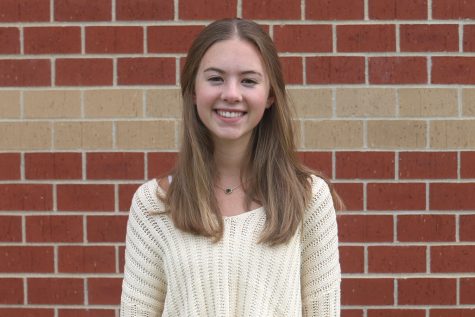
This is senior Anna Owsley’s third year on the JagWire staff. She is thrilled for her second year as Mill Valley News editor-in-chief and is undertaking the position of assistant editor for the newspaper. When Anna isn’t busy with journalism duties, she can be found working, volunteering for NHS or multitasking homework and her current Netflix show. Additionally, she loves reading, watching movies, getting coffee with friends and traveling.


